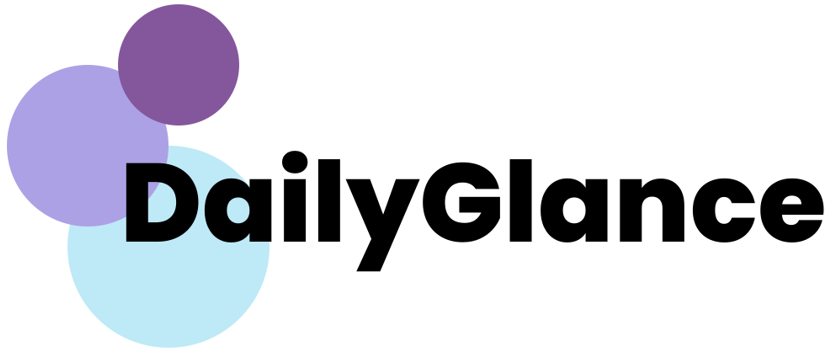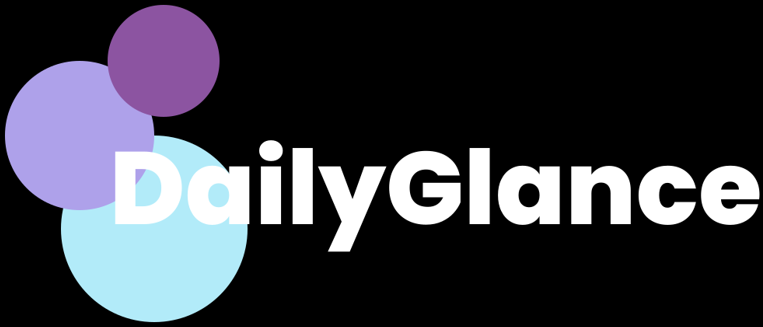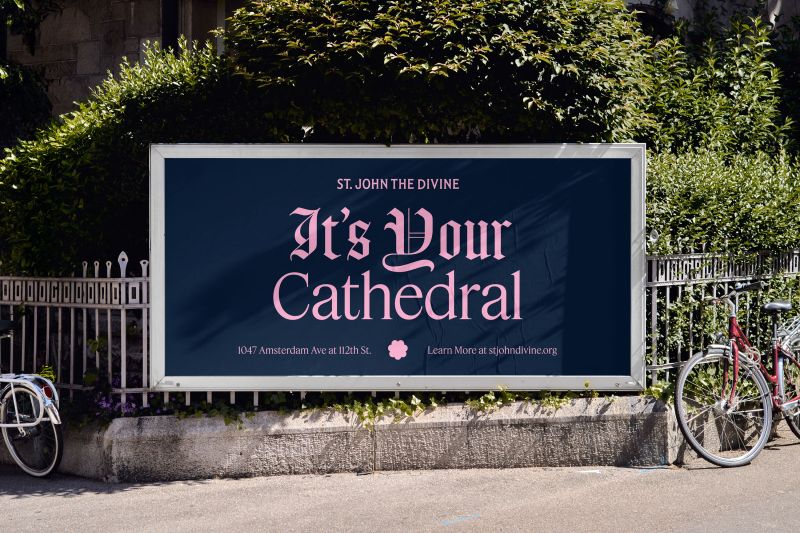Now Reading: 9 tell-tale signs your client project is heading for chaos (and what to do next)
-
01
9 tell-tale signs your client project is heading for chaos (and what to do next)
9 tell-tale signs your client project is heading for chaos (and what to do next)

We’ve all experienced it before. A client project that began with optimism starts to fall apart. Deadlines are missed, communication breaks down, and what was supposed to be a simple brief turns into a complex nightmare. The good news? These disasters usually don’t happen suddenly. There are typically warning signs if you know what to watch for.
We reached out to experienced creatives to share the red flags: those clear indicators when a project begins to veer towards chaos. Here are the most common warning signals and, more importantly, what you can do to steer things back on track.
For a detailed discussion, visit our networking platform, The Studio, and feel free to share your insights. If you’re not a member yet, don’t worry – signing up is free!
1. The ambiguous brief
One of the most dreaded phrases in the creative world, according to Martin Farrar-Smith, Chief Design Officer at Manifest, is “I’ll know it when I see it” from the client. This lack of clarity can lead to project difficulties as success becomes hard to define without clear objectives.
What to do: Insist on a comprehensive briefing session to establish specific goals, target audiences, and success metrics before commencing any design work.
2. The disappearing act
When previously communicative clients suddenly go silent, it’s a major red flag. This can indicate underlying issues such as financial problems or uncertainty about the project direction.
What to do: Politely address the lack of communication and seek clarification on the situation. Prepare contingency plans in case of non-payment or project cancellation if the silence persists.
3. The devaluation of expertise
The phrase “I could do it myself, but I haven’t the time” diminishes the value of your skills. This mindset can lead to conflicts over revisions and unrealistic expectations.
What to do: Educate the client on the strategic thinking behind your creative process and showcase the impact of good design through case studies.
4. The budget uncertainty
Clients stating “We don’t have a budget” often seek the cheapest option rather than the best value, potentially leading to subpar outcomes.
What to do: Clarify if it’s a temporary budget issue or a permanent constraint, and adjust your approach accordingly.
5. The influx of stakeholders
New executives or consultants questioning project goals can signal internal discord or organizational changes.
What to do: Establish clear decision-making hierarchies and realign expectations with new stakeholders as needed.
6. The feedback overload
Conflicting feedback from multiple stakeholders can create confusion and hinder progress.
What to do: Implement structured feedback processes and require all comments to be consolidated and prioritized through a project manager.
7. The content delay
Starting design work without content can lead to extensive rework and missed deadlines.
What to do: Stress the importance of having at least provisional content before initiating visual work.
8. The underestimated complexity
Requests for quick changes may underestimate the effort required, leading to unrealistic expectations.
What to do: Break down apparently simple requests to demonstrate the true complexity involved.
9. The technical misunderstanding
Clients requesting design work in unsuitable formats may not understand professional design tools and workflows.
What to do: Educate clients on the limitations of their preferred format and offer alternatives if necessary.
Knowing when to walk away from a project is crucial if red flags are numerous or severe. Addressing issues promptly is key to safeguarding your agency’s reputation, profitability, and team morale. Trust your instincts, set boundaries, and address problems early on to ensure project success.






